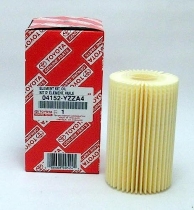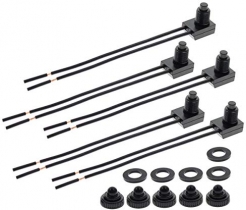-
Welcome to Tundras.com!
You are currently viewing as a guest! To get full-access, you need to register for a FREE account.
As a registered member, you’ll be able to:- Participate in all Tundra discussion topics
- Transfer over your build thread from a different forum to this one
- Communicate privately with other Tundra owners from around the world
- Post your own photos in our Members Gallery
- Access all special features of the site
5.7L Valve Cover Gasket Change Process w/ Photos
Discussion in '2nd Gen Tundras (2007-2013)' started by HbbTundra08, Apr 18, 2020.
Page 1 of 2
Page 1 of 2


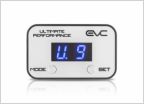 Do you have a touchy gas pedal?
Do you have a touchy gas pedal?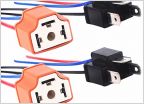 2007 HID conversion won’t fit factory harness
2007 HID conversion won’t fit factory harness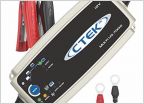 Battery/Charging System Issue?
Battery/Charging System Issue?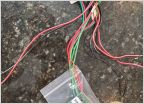 Garage door opener retrofit
Garage door opener retrofit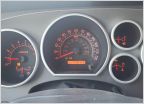 HELP -- Flashing 4hi-4lo lights with other lights on??
HELP -- Flashing 4hi-4lo lights with other lights on??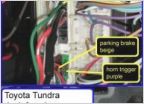 Push-button / Remote start Mod
Push-button / Remote start Mod





